Max Ernst
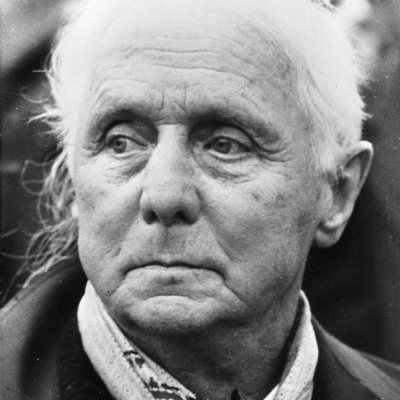
Originally a Dada activist in Germany, Max Ernst (1891-1976) became one of the early adherents of the Surrealist circle. As a child living in a small community near Cologne, Ernst had considered his existence incredible and full of wonders. In autobiographical transcripts, written mostly in the third person, he said of his birth: “Max Ernst had his first contact with the world of sense on the 2nd April 1891 at 9:45 a.m., when he emerged from the egg which his mother had laid in an eagle’s nest and which the bird had incubated for seven years”. Ernst’s service in the German army during World War I swept away his early success as an Expressionist. In his own words: “Max Ernst died on 1st August 1914. He returned to life on 11th November 1918, a young man who wanted to become a magician and find the central myth of his age. From time to time he consulted the eagle which had guarded the egg of his prenatal existence. The bird’s advice can be detected in his work”.
Before adhering to Surrealism, Ernst searched every means to attain the sense of the psychic in his art. As other Dadaists did, Ernst aimed at incorporating found objects and chance into his works, often combining fragments of images he had cut from old books, magazines, and prints to form a hallucinatory collage. He also started creating paintings that showed the mysterious dreamlike effect of his collages. Much of the power of Surrealist works begins with the viewer’s unexpected awareness of the incompatibility and absurdity of what the artist pictured. In 1920, Ernst met Breton, who instantly recognised the German artist’s affinity with the Surrealist group.

 Hide filters
Hide filters
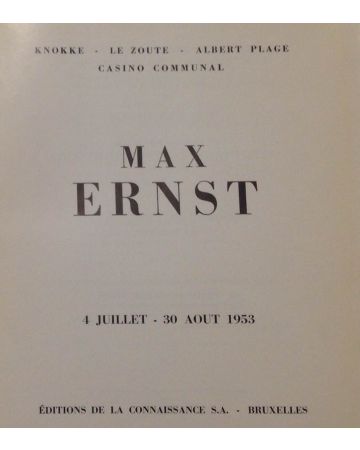
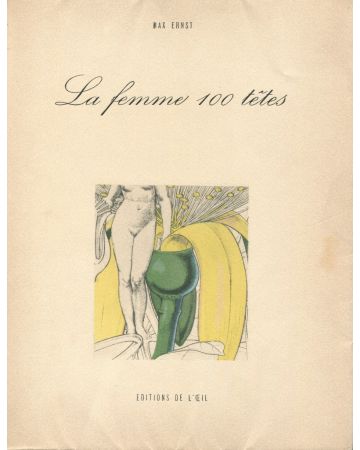
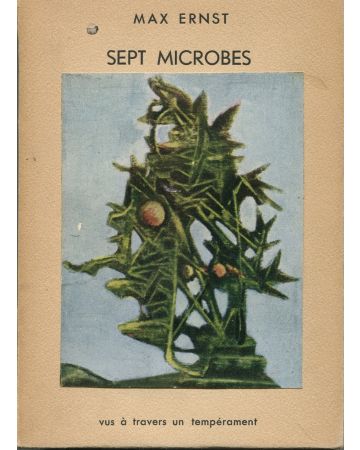
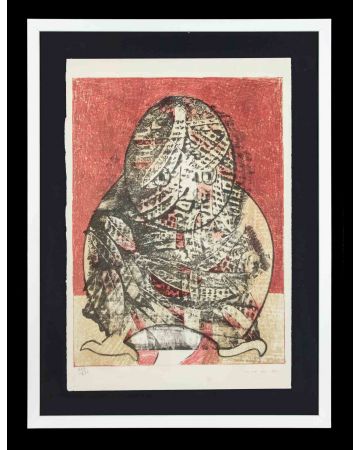
Validate your login